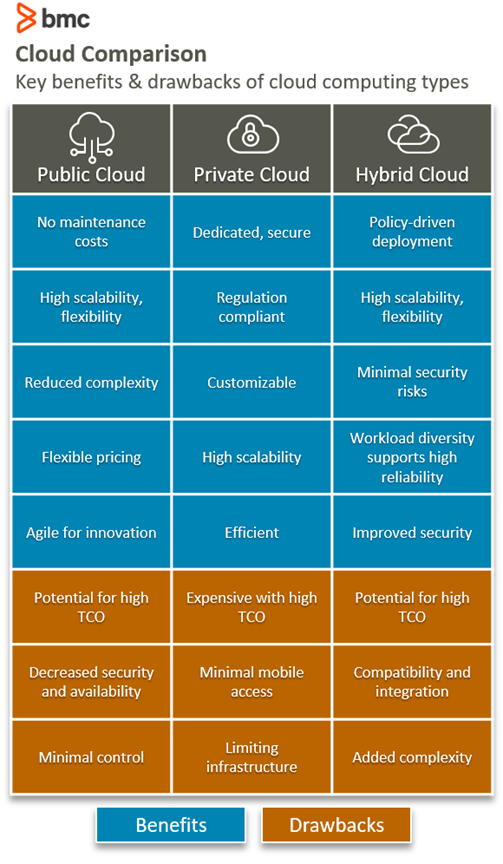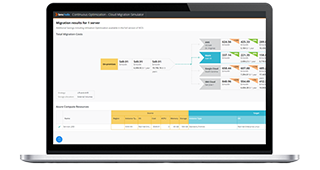Gone are the days of cloud environments being a luxury for the modern enterprise—today they are a complete necessity. For organizations across all industries, having the ability to choose the cloud environment that makes the most sense for the business is important.
But when it comes to the different types of clouds, it can quickly get confusing, specifically with names like hybrid cloud and multi-cloud.
The confusion between hybrid cloud and multi-cloud is compounded by the fact that they’re often used interchangeably. Although it can seem like a semantic argument, there is a real difference between the two, and the distinction will only continue to grow more important as multi-cloud models become the norm.
So, what are the differences between hybrid cloud and multi-cloud? Why would a company choose one or the other? Let’s break it down.
(Get the basics right with our private vs public cloud comparison.)
What is multi-cloud?
Simply put, multi-cloud means that an organization uses multiple cloud services—services like SaaS, PaaS, and IaaS. These cloud services are public, and are often from numerous different cloud providers. Public clouds are those in which businesses or individuals outsource application and/or infrastructure hosting to a third party, like Amazon, Microsoft, or Google.
There are a variety of reasons that a company might choose to use multiple clouds, including:
- Achieving best-of-breed results for different requirements and departments
- Decreasing costs
- Increasing flexibility
- Avoiding vendor lock-in
- Minimizing dependence on any particular provider
Whatever the reason for their multi-cloud strategy, an organization’s multiple public clouds usually need to operate in combination with other types of cloud environments to fully encompass all of the organization’s needs.
(Learn all about setting up your multi-cloud strategy.)
What is a hybrid cloud?
Enter: the hybrid cloud. A hybrid cloud combines the public cloud with a private cloud, which is solely dedicated to the end-user. Traditionally, private clouds were located within the user’s firewall, on-premises, but now they are more commonly built on rented, vendor-owned data centers off-premises.
Hybrid cloud differs from multi-cloud in two big ways:
- It usually includes a combination of private and public clouds.
- Its data and processes typically intermingle, working to complement each other, instead of staying in their own separate silos.
Similar to multi-cloud, there are some common reasons why businesses would choose to utilize a hybrid cloud:
- Maintaining private infrastructure, including easy accessibility security, compliance, and disaster recovery
- Embracing agile ways of working while streamlining daily workflows and functionality
- Scaling in the most cost- and resource-effective way
- Ensuring highly sensitive data and information remains on-premises

Multi vs hybrid cloud: How to choose
Finding the right variety of cloud deployments and services comes down to a number of factors, such as:
Cost
A majority of the time public clouds come with less overhead than other types of similar infrastructures, making a multi-cloud model a good option for those looking to cut costs. The cloud vendor itself handles the responsibilities that come with maintaining a data center such as security updates and provisioning servers. This helps take those tasks, and expenses, off of the end-user.
(Consider the differences between CapEx & OpEx.)
Security
As mentioned, a hybrid model allows businesses to utilize the scaling benefits of a public cloud with the privacy and security assurances of an on-premises infrastructure.
For institutions with highly confidential information—healthcare providers, financial firms, corporations, legal entities—it makes sense, and minimizes risk, to secure this data on private clouds.
(Explore cloud security best practices.)
Hybrid cloud vs multi-cloud
At the end of the day, while the terminology may be complicated, both models offer organizations the precision to provide business services in an efficient and effective way. No matter what you call it, the use of multiple clouds is here to stay.
BMC supports modern enterprises—in the cloud & on-premises
At BMC, we’re always looking for ways to help you do business better. Whether you’re working in the cloud, on-premises, or—our hunch—a mix of both, we’re here to help. Start with this free (!) tool that estimates the cost of any cloud migration.







